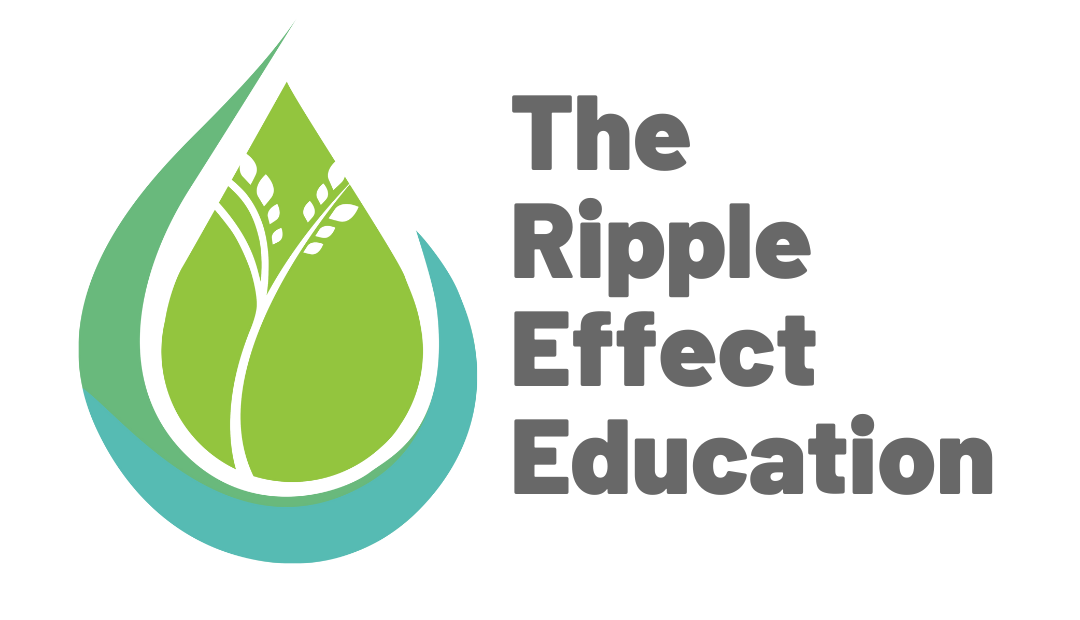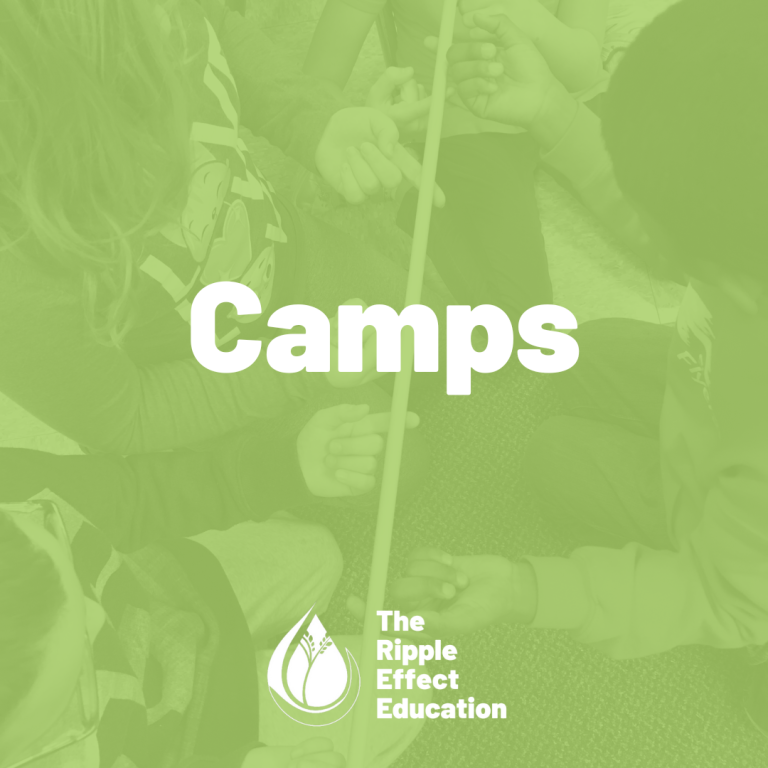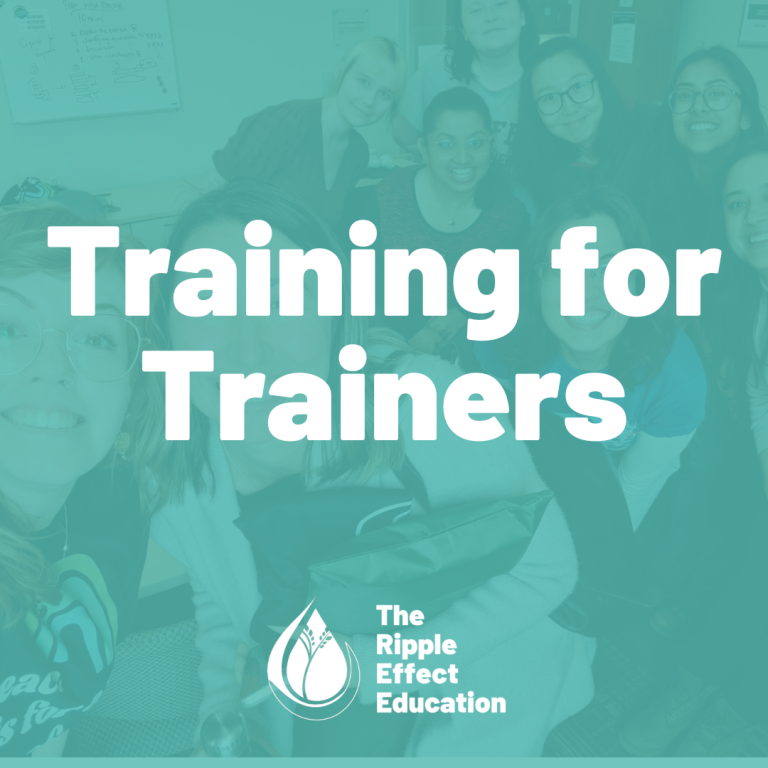Imagine walking down the street and seeing someone being harassed or bullied. Would
you step in, or would you walk away? Many people hesitate, unsure of what to do. Being an
active bystander means choosing to help in situations where someone might be in danger, uncomfortable, or at risk. Oftentimes, when victims recall their experiences with traumatic events, they mention that if someone had intervened, the situation may not have escalated to such a traumatic point. Small interactions and interventions can be incredibly powerful, and knowing how to act can make a huge difference in preventing harm.
What is a Bystander?
Before diving in, let’s define some key terms that will be used throughout this blog.
Bystander: A bystander is someone who observes an event or situation without being the direct target. This term applies to anyone who has the opportunity to step in and take action.
Active Bystander: An active bystander is someone who chooses to step in and take action when witnessing a concerning situation, rather than remaining inactive. They recognize the issue and intervene in a way that contributes to a positive outcome, even when external
pressures, uncertainty, or safety concerns might discourage action.
Victim: A victim is someone who is directly harmed or affected by a situation. Unlike a
bystander, who only witnesses the event, the victim experiences the harm firsthand and may
need help or support.
The difference between an active bystander and a passive bystander is significant. Active
bystanders can de-escalate and prevent harm to the victim, while a passive bystander simply
witnesses the event without intervening.
Steps to Becoming an Active Bystander
- Step 1: Noticing
The first step in being an active bystander is recognizing when something is wrong
(University of McGill). It could be someone being bullied, a heated argument escalating, or a person in distress. Paying close attention to body language, tone, and context, as well as
trusting your instincts, is key; if something feels off, it probably is. - Step 2: Analyzing
Before stepping in, consider your safety and the safety of others. If the situation is dangerous, direct intervention may not be the best option. Instead, look for alternative ways to help, which we will discuss in step 3. - Step 3: Intervention
There are different ways to intervene in a risky situation safely and effectively. The best approach depends on the situation. Luckily, a framework has been created in order to understand which intervention method works best. This is called the 5 D’s of Active Bystandership
The 5 D’s of Active Bystandership
The 5 D’s of Active Bystandership are a set of actions designed to help individuals intervene safely and effectively when witnessing harmful behavior. These five strategies are: distract, delegate, direct intervention towards the victim, direct intervention towards the harm-doer, and documentation. These methods help in situations of harm to promote a positive environment and to empower bystanders to contribute to a safer and more supportive community.
- Distraction
This method involves shifting attention away from the situation in a subtle and low-risk
way. Even a brief three-second pause can be enough to give someone an opportunity to leave
safely (University of McGill). For example, if someone is being harassed, interrupt with a
question like, “Hey, do you know what time it is?” This can break the tension and give the
person a way out. - Delegation
If you don’t feel safe intervening alone, getting help is an effective alternative. Asking a
friend, a staff member, or even the police, someone better equipped to handle the situation, can
help de-escalate risks. However, calling the police may not be a safe option for everyone, depending on various factors such as identity and legal status. It is important to always ask the person being harmed if they are comfortable with this action before proceeding. - Direct Intervention (Toward the Victim)
If it’s safe to do so, calmly and confidently addressing the victim can be very effective. Asking simple questions can help determine if they need assistance:- Are you okay?
- Do you feel comfortable with them here with you?
- Do you know them
- Do you want me to get you some water or food?
- Who did you come out with tonight?
These questions can help you understand the situation and give the victim a way to escape.
- Direct Intervention (Toward the Harm-Doer)
If it’s safe, like in situations involving people you know, directly addressing the harm-doer
can shift the dynamic. Naming the harm can make them aware of their actions and disrupt their
behavior. For example, saying, “You’re hurting this person’s arm,” or “You’re being homophobic,” can refocus attention on the issue rather than the individual. - Documentation
If direct intervention isn’t possible, recording the incident from a safe distance can still be
helpful, but only if someone else is already intervening. Recording before intervention could put the victim at further risk, as it may focus attention on documenting the situation rather than
actively helping. Documentation should never be the first or only response. Additionally, any video or evidence collected should be given to the victim for them to share if they wish, and
should not be shared with others without their explicit consent. Videos or witness statements
can provide evidence if the victim decides to report the situation later.
Check on the Victim
Regardless of which intervention method you use, always check on the victim afterward. From bullying to sexual assault, harm, whether short-term or long-term, can have lasting effects. Victims may feel isolated, so letting them know that you are on their side and that the situation wasn’t their fault can provide emotional support.
Overcoming Fears and Hesitations
Many people hesitate to act because they fear getting involved, making things worse, or being judged. It’s normal to feel this way, but even small actions can make a difference. You don’t have to be a hero. Sometimes, offering support or getting help is enough. Being an active bystander isn’t about putting yourself at risk, it’s about making safe, thoughtful choices to help
others. Even the smallest actions can create a positive impact. An important element of Active Bystandership is reducing harm without creating more of it. Every intervention should be mindful of this to ensure that efforts to help do not inadvertently escalate the situation. Next time you
see someone in need, ask yourself: What can I do to help?
For more on empathy, see our other blog posts:
References:
Attridge, Danielle. 2018. “Be an Active Bystander.” Www.breakingthesilence.cam.ac.uk. January
29, 2018, https://www.breakingthesilence.cam.ac.uk/prevention-support/be-active-bystander
Lisa Speckhard. 2023. “The Lingering Effects of Sexual Trauma.” Mayo Clinic Press. June 7,
2023. https://mcpress.mayoclinic.org/women-health/lingering-effects-of-sexual-trauma/.
Stephanie Gill. 2021. “How to Be an Active Bystander.” Dal Student Life | Dalhousie University.
April 15, 2021. https://studentlife.dal.ca/article/2021/04/how-to-be-an-active-bystander.html.
University, McGill. n.d. How to Be an Active Bystander. Accessed March 21, 2025.
https://www.mcgill.ca/osvrse/files/osvrse/5x7_handout_-_how_to_be_an_active_bystander.pdf.
Vyond. 2022. “The 5 Ds of Bystander Intervention | Tactics to Intervene and Stop Public
Harassment.” Youtube. 2022. https://youtu.be/mt7X5tjp9Js?si=nZ112uE10hNfIjPQ.

Her passion for youth development began with her role in the Youth Champion Initiative at Forest Heights Collegiate Institute where she worked closely with children and recognized the importance of education in fostering safe decision-making. Alina’s dedication to community engagement is reflected in her volunteer roles, including peer tutoring, founding and leading the Debate Club and serving as co-head of the Gradebook Committee to revive the initiative post-COVID.
Outside of her academic and community pursuits, Alina enjoys exploring various artistic mediums such as painting, printmaking, and sculpting. She also loves watching comedy movies and spending quality time with her family and friends.








